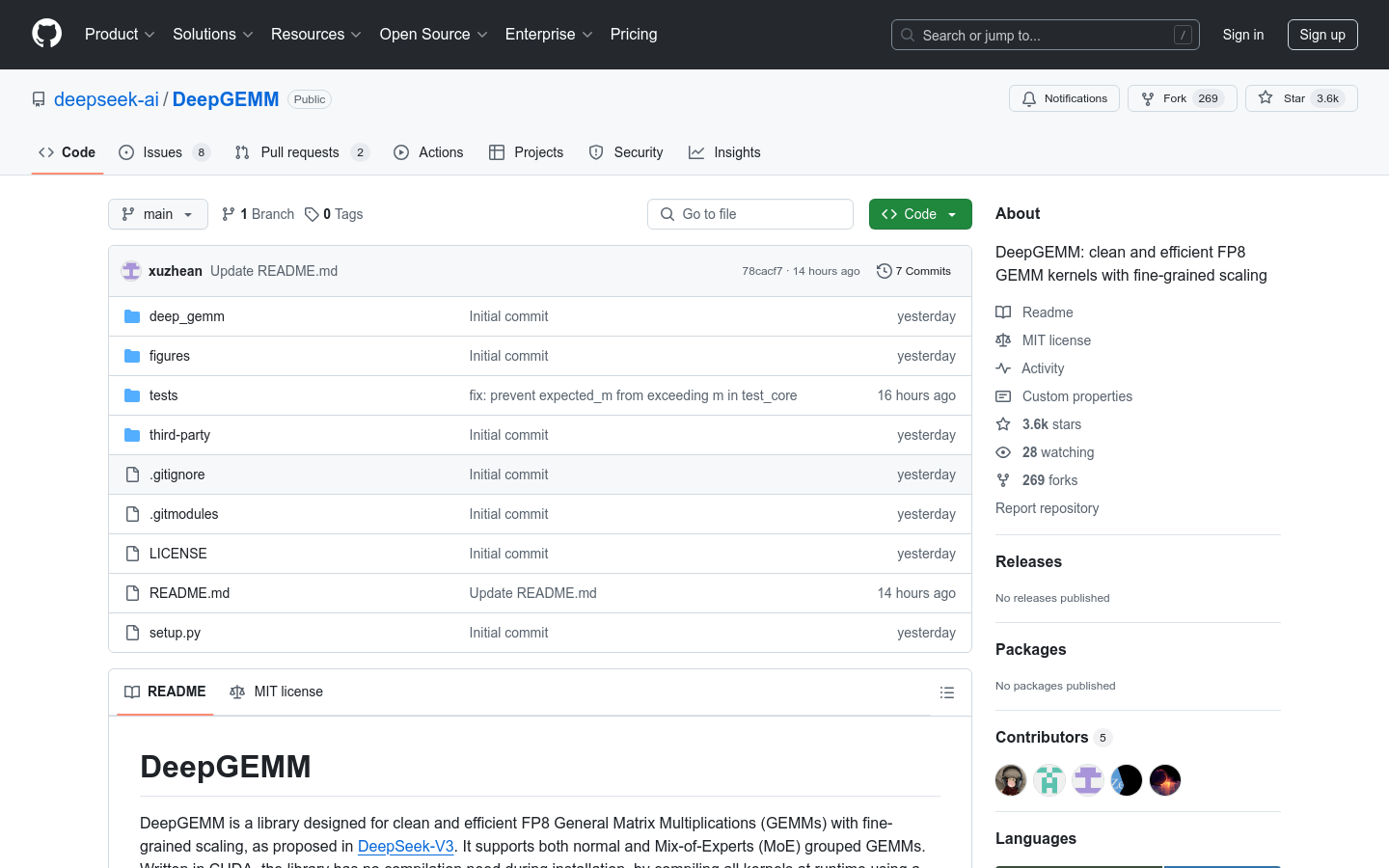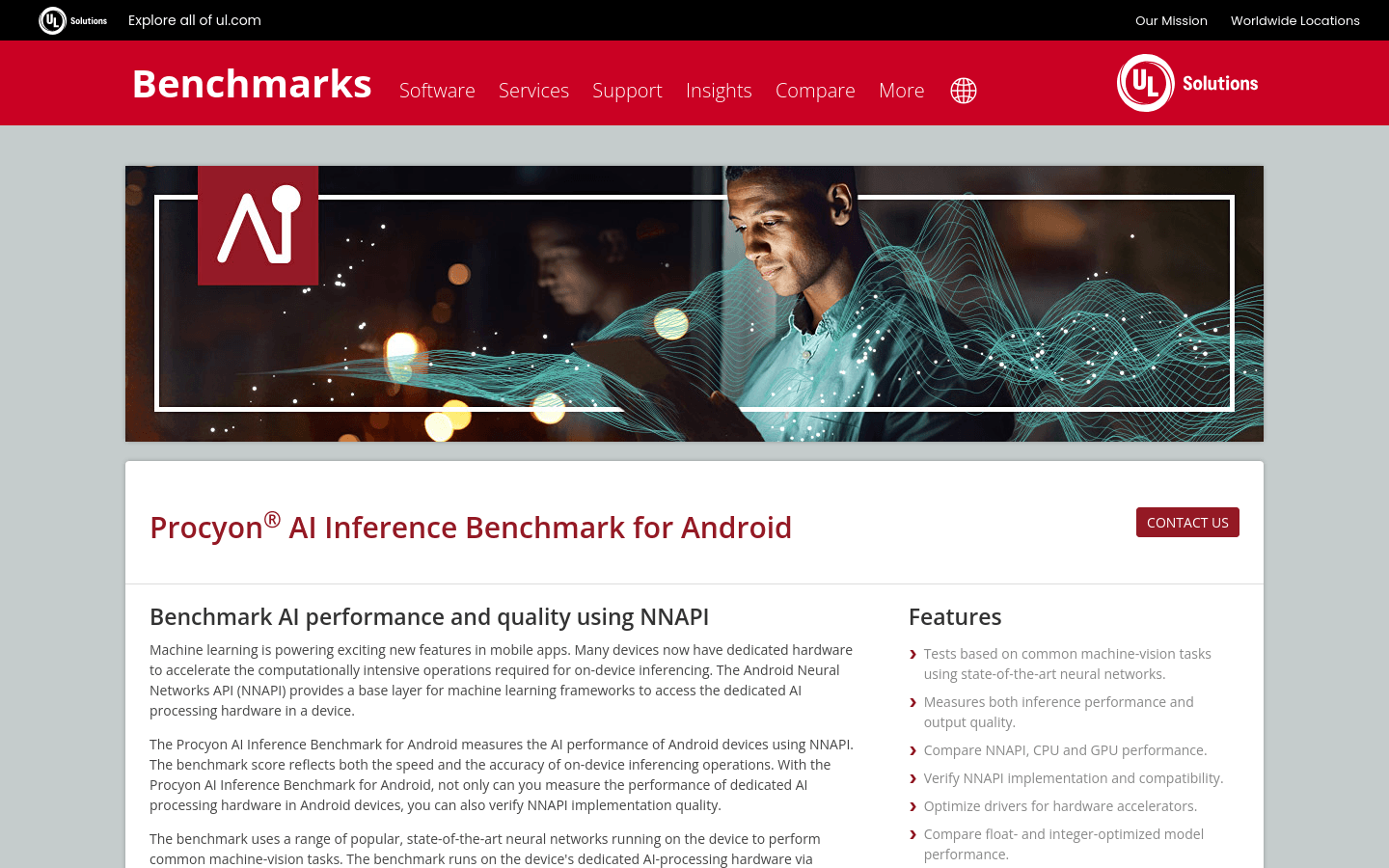Kie.ai
Integrate DeepSeek R1 and V3 APIs on Kie.ai to provide secure and scalable AI solutions.

Product Details
DeepSeek R1 and V3 API are powerful AI model interfaces provided by Kie.ai. DeepSeek R1 is the latest inference model designed for advanced reasoning tasks such as mathematics, programming, and logical reasoning. It is trained by large-scale reinforcement learning to provide accurate results. DeepSeek V3 is suitable for handling general AI tasks. These APIs are deployed on secure servers in the United States to ensure data security and privacy. Kie.ai also provides detailed API documentation and multiple pricing plans to meet different needs, helping developers quickly integrate AI capabilities and improve project performance.
Main Features
How to Use
Target Users
This product is suitable for developers who need to integrate advanced AI reasoning capabilities into their projects. Whether they are developing complex reasoning systems or processing routine AI tasks, they can be quickly implemented through the DeepSeek R1 and V3 APIs to improve project performance and user experience. At the same time, detailed API documentation and multiple pricing plans also provide convenience for teams of different sizes.
Examples
Michael Chen, Software Engineer: The DeepSeek API performs very well in handling complex inference tasks. DeepSeek R1 API significantly optimizes our AI-driven decision-making system, making responses more accurate and reliable.
Sarah Johnson, AI researcher: Integrating the DeepSeek V3 API into our NLP project went very smoothly. Its performance is comparable to top models, and the scalability of the API makes it ideal for processing large-scale data sets.
David Lee, back-end development engineer: The DeepSeek API documentation is clear and the integration process is very smooth. Obtaining a DeepSeek API key is also very simple, helping our team start developing in minutes.
Quick Access
Visit Website →Categories
Related Recommendations
Discover more similar quality AI tools

GenPRM
GenPRM is an emerging process reward model (PRM) that improves computational efficiency at test time by generating inferences. This technology can provide more accurate reward evaluation when processing complex tasks and is suitable for a variety of applications in the field of machine learning and artificial intelligence. Its main advantage is the ability to optimize model performance under limited resources and reduce computational costs in practical applications.

Arthur Engine
Arthur Engine is a tool designed to monitor and govern AI/ML workloads, leveraging popular open source technologies and frameworks. The enterprise version of the product offers better performance and additional features such as custom enterprise-grade safeguards and metrics designed to maximize the potential of AI for organizations. It can effectively evaluate and optimize models to ensure data security and compliance.

Profiling Data in DeepSeek Infra
DeepSeek Profile Data is a project focused on performance analysis of deep learning frameworks. It captures performance data for training and inference frameworks through PyTorch Profiler, helping researchers and developers better understand computation and communication overlapping strategies as well as underlying implementation details. This data is critical for optimizing large-scale distributed training and inference tasks, which can significantly improve system efficiency and performance. This project is an important contribution of the DeepSeek team in the field of deep learning infrastructure and aims to promote the community's exploration of efficient computing strategies.

EPLB
Expert Parallelism Load Balancer (EPLB) is a load balancing algorithm for expert parallelism (EP) in deep learning. It ensures load balancing between different GPUs through redundant expert strategies and heuristic packaging algorithms, while using group-limited expert routing to reduce inter-node data traffic. This algorithm is of great significance for large-scale distributed training and can improve resource utilization and training efficiency.

DualPipe
DualPipe is an innovative bidirectional pipeline parallel algorithm developed by the DeepSeek-AI team. This algorithm significantly reduces pipeline bubbles and improves training efficiency by optimizing the overlap of calculation and communication. It performs well in large-scale distributed training and is especially suitable for deep learning tasks that require efficient parallelization. DualPipe is developed based on PyTorch and is easy to integrate and expand. It is suitable for developers and researchers who require high-performance computing.

DeepGEMM
DeepGEMM is a CUDA library focused on efficient FP8 matrix multiplication. It significantly improves the performance of matrix operations through fine-grained scaling and multiple optimization technologies, such as Hopper TMA features, persistence thread specialization, full JIT design, etc. This library is mainly oriented to the fields of deep learning and high-performance computing, and is suitable for scenarios that require efficient matrix operations. It supports the Tensor Core of NVIDIA Hopper architecture and shows excellent performance in a variety of matrix shapes. DeepGEMM's design is simple, with only about 300 lines of core code, making it easy to learn and use, while its performance is comparable to or better than expert-optimized libraries. The open source and free nature makes it an ideal choice for researchers and developers to optimize and develop deep learning.

hallucination-leaderboard
This product is an open source project developed by Vectara to evaluate the hallucination rate of large language models (LLM) when summarizing short documents. It uses Vectara’s Hughes Hallucination Evaluation Model (HHEM-2.1) to calculate rankings by detecting hallucinations in the model output. This tool is of great significance for the research and development of more reliable LLM, and can help developers understand and improve the accuracy of the model.

DeepSeek model compatibility detection
The DeepSeek Model Compatibility Check is a tool for evaluating whether a device is capable of running DeepSeek models of different sizes. It provides users with prediction results of model operation by detecting the device's system memory, video memory and other configurations, combined with the model's parameters, number of precision bits and other information. This tool is of great significance to developers and researchers when choosing appropriate hardware resources to deploy DeepSeek models. It can help them understand the compatibility of the device in advance and avoid operational problems caused by insufficient hardware. The DeepSeek model itself is an advanced deep learning model that is widely used in fields such as natural language processing and is efficient and accurate. Through this detection tool, users can better utilize DeepSeek models for project development and research.

Astris AI
Astris AI is a subsidiary of Lockheed Martin established to drive the adoption of high-assurance artificial intelligence solutions across the U.S. defense industrial base and commercial industry sectors. Astris AI helps customers develop and deploy secure, resilient and scalable AI solutions by providing Lockheed Martin's leading technology and professional teams in artificial intelligence and machine learning. The establishment of Astris AI demonstrates Lockheed Martin's commitment to advancing 21st century security, strengthening the defense industrial base and national security, while also demonstrating its leadership in integrating commercial technologies to help customers address the growing threat environment.

Procyon AI Inference Benchmark for Android
Procyon AI Inference Benchmark for Android is an NNAPI-based benchmark tool used to measure AI performance and quality on Android devices. It leverages a range of popular, state-of-the-art neural network models to perform common machine vision tasks, helping engineering teams independently and standardizedly evaluate the AI performance of NNAPI implementations and specialized mobile hardware. This tool can not only measure the performance of dedicated AI processing hardware on Android devices, but also verify the quality of NNAPI implementation, which is of great significance for optimizing drivers of hardware accelerators and comparing the performance of floating point and integer optimization models.

OLMo 2 1124 13B Preference Mixture
OLMo 2 1124 13B Preference Mixture is a large multilingual dataset provided by Hugging Face, containing 377.7k generated pairs, used for training and optimizing language models, especially in preference learning and instruction following. The importance of this dataset is that it provides a diverse and large-scale data environment that helps develop more precise and personalized language processing technologies.

olmo-mix-1124
The allenai/olmo-mix-1124 data set is a large-scale multi-modal pre-training data set provided by Hugging Face, which is mainly used to train and optimize natural language processing models. This dataset contains a large amount of text information, covers multiple languages, and can be used for various text generation tasks. Its importance lies in providing a rich resource that enables researchers and developers to train more accurate and efficient language models, thereby promoting the development of natural language processing technology.

FrontierMath
FrontierMath is a mathematical benchmarking platform designed to test the limits of artificial intelligence's ability to solve complex mathematical problems. It was co-created by more than 60 mathematicians and covers the full spectrum of modern mathematics from algebraic geometry to Zermelo-Fraenkel set theory. Each FrontierMath problem requires hours of work from expert mathematicians, and even the most advanced AI systems, such as GPT-4 and Gemini, can solve less than 2% of the problems. This platform provides a true evaluation environment where all questions are new and unpublished, eliminating the data contamination problem prevalent in existing benchmarks.

Physical Intelligence
Physical Intelligence (π) is a team of engineers, scientists, roboticists, and company builders developing the foundational models and learning algorithms that power today's robots and tomorrow's physically-driven devices. The team aims to apply general artificial intelligence technology to the physical world and promote the development and innovation of robotics.

SimpleQA
SimpleQA is a factual benchmark released by OpenAI that measures the ability of language models to answer short, fact-seeking questions. It helps evaluate and improve the accuracy and reliability of language models by providing datasets with high accuracy, diversity, challenge, and a good researcher experience. This benchmark is an important advance for training models that produce factually correct responses, helping to increase the model's trustworthiness and broaden its range of applications.

SoundStorm
SoundStorm is an audio generation technology developed by Google Research that significantly reduces audio synthesis time by generating audio tokens in parallel. 这项技术能够生成高质量、与语音和声学条件一致性高的音频,并且可以与文本到语义模型结合,控制说话内容、说话者声音和说话轮次,实现长文本的语音合成和自然对话的生成。 The importance of SoundStorm is that it solves the problem of slow inference speed of traditional autoregressive audio generation models when processing long sequences, and improves the efficiency and quality of audio generation.